From development land, residential land to townhomes whatever you are looking for RPM has the ideal location for you.
From development land, residential land to townhomes whatever you are looking for RPM has the ideal location for you.

Development Land
Specialists in sourcing and selling development land for commercial and residential projects. Explore current and past opportunities.
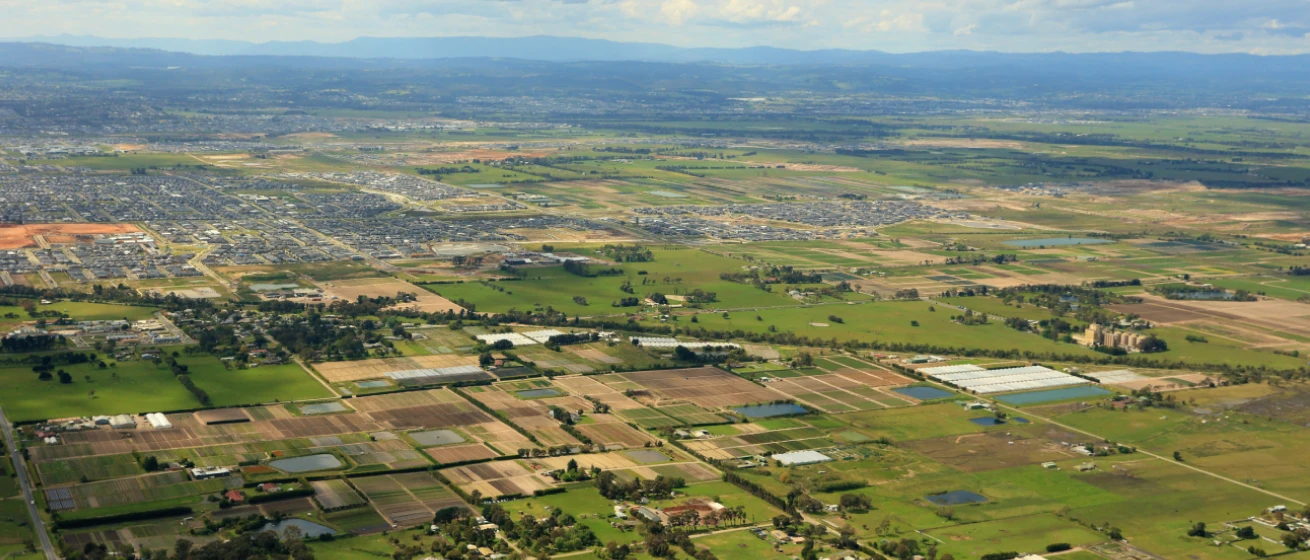
Residential Land
Across Australia’s East coast RPM has the ideal land to suit your lifestyle and dream home, explore the projects RPM is proud to be partners in selling.
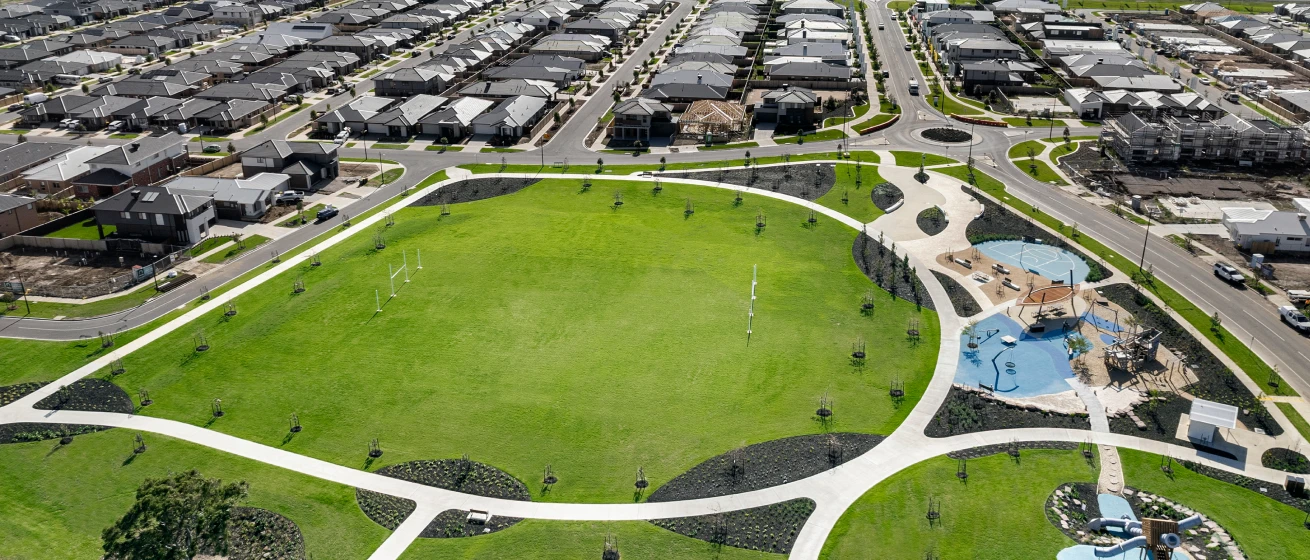
Townhomes
With townhouses to suit every lifestyle and budget, find your perfect home today.
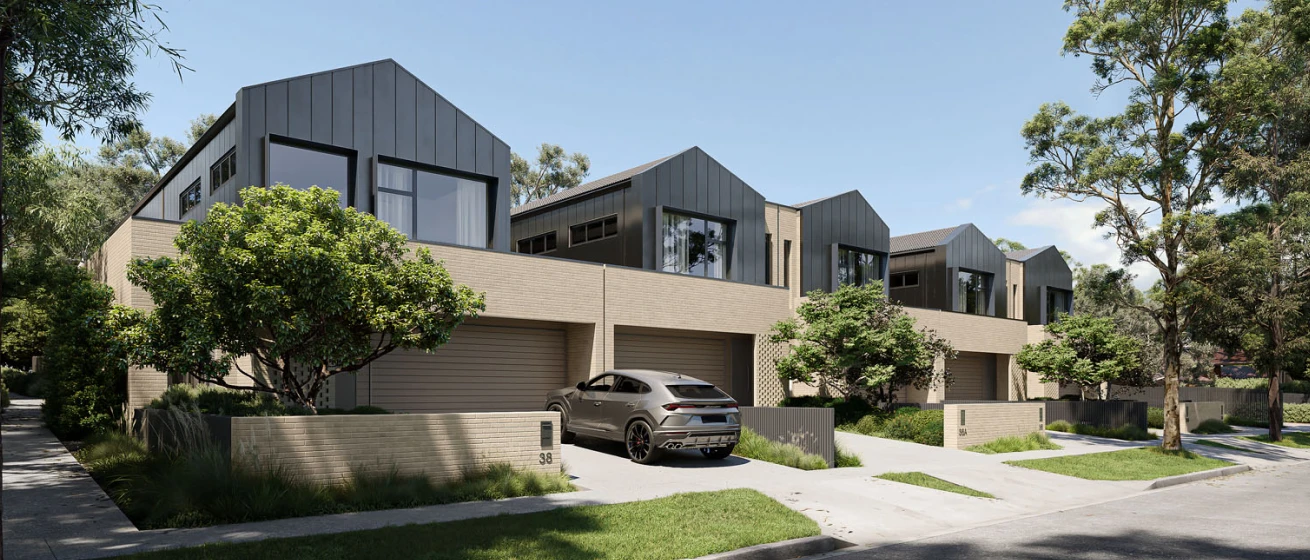
Apartments
Inner city & coastal new apartment projects. Explore our projects to find your perfect location and style of living.

RPM offer a comprehensive suite of professional services at every stage of your property journey.

RPM offer a comprehensive suite of professional services at every stage of your property journey.
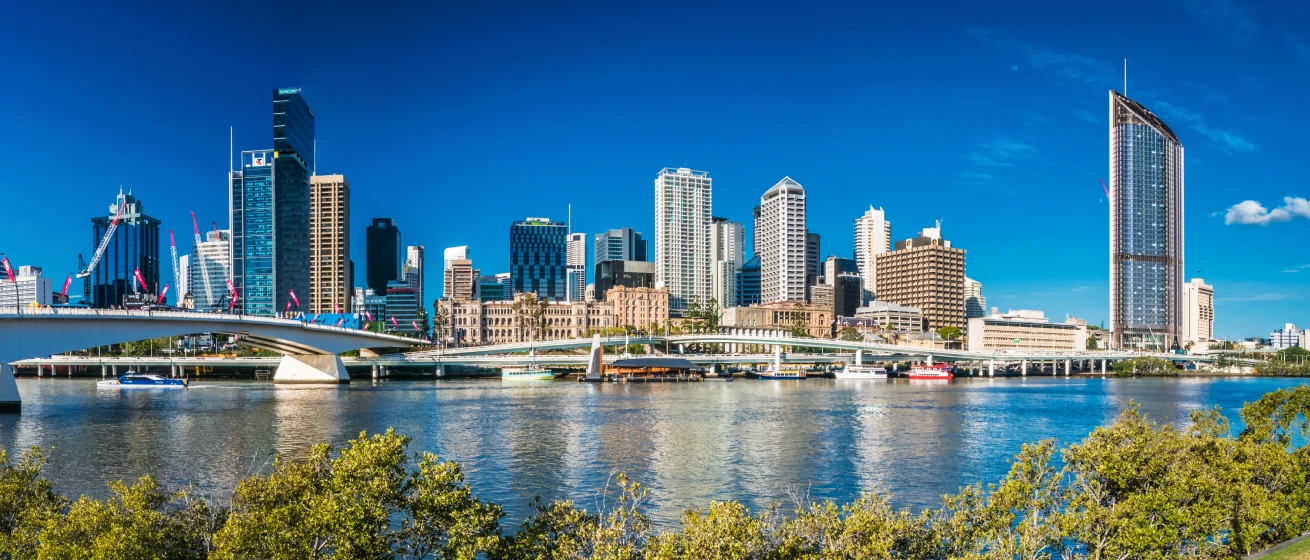
Pioneering new benchmarks in property intelligence, know-how, and data-driven insights, read the RPM Group's story.
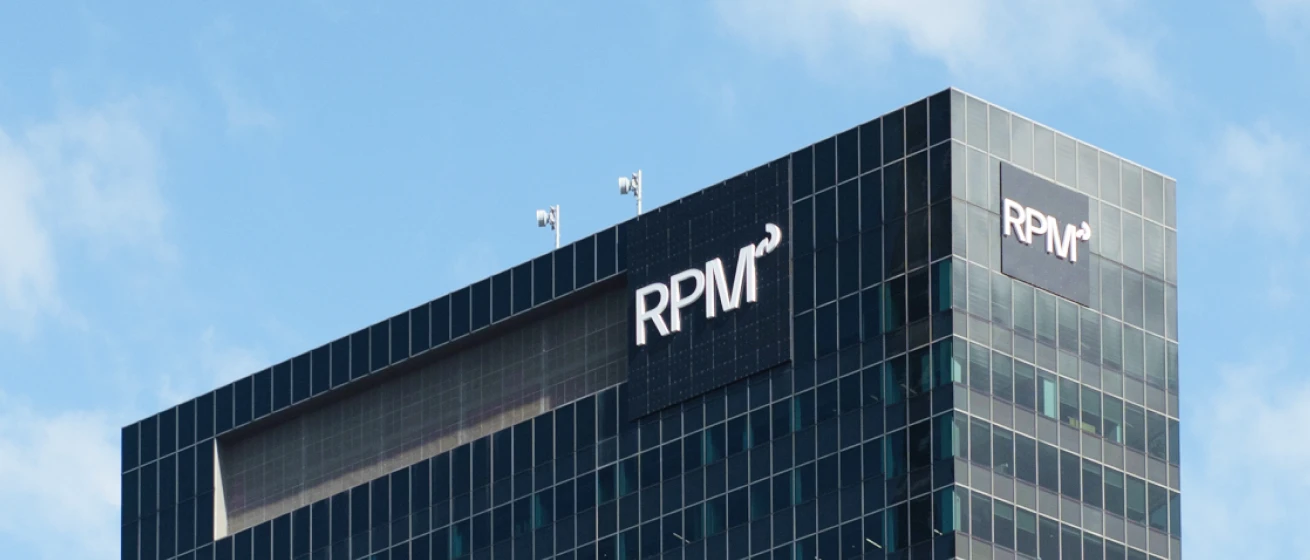
Our Story
Since 1994, RPM has grown to become the industry-leader with an expanding national presence; offering a comprehensive suite of services

Our Team
The heart of our business are the people who make it thrive. Discover the passion and dedication of our national team.

Careers
Our team of property experts is truly unparalleled. See how you can join this exceptional group and shape your future with us.

19.12.2022

Australia’s economy remains resilient despite a backdrop of global economic uncertainty, heightened geopolitical risks and tightening monetary policy. Real Gross Domestic Product (GDP) – seasonally adjusted – increased 0.6% in Q3 2022.
Supply chain disruptions and capacity constraints continue to impact the economy and underpin inflation, although it is likely they will begin to ease in the near term. Household spending has sustained domestic demand, despite inflationary pressures, and the household savings ratio is now returning to the long-term average rate following the COVID-19 uplift.
Consumer spending is defiantly strong following the disruptions and restrictions of 2020 and 2021, and many have maintained consumption patterns by drawing down on savings to combat inflationary pressures. Quarterly growth in discretionary consumption remains strong but the growth rate has slowed with consumers potentially starting to adjust to higher inflation and interest rates.
Increased spending on services has been driven by dining out and travel. Transport services consumption has remained high, with strong increases in air travel as a result of increased international travel; up 13.9% in Q3 and 113% on an annualised basis. While there has been strong uplift, the total value of consumption remains below that recorded pre-COVID.

Quarterly expenditure for vehicle purchases was up 10.1% as supply chain disruptions and delays start to subside, although this subcategory has been volatile over the past few years. Spending on hotels, cafes and restaurants has also remained robust as consumers have thrown themselves back into lifestyle expenditure and “revenge spending”.
Private investment increased by 0.8% in Q3 and was driven by non-dwelling construction across both new and existing projects (non-residential buildings and other structures including fixtures, facilities and equipment). Dwelling investment increased for the first time in a year, supported by a robust level of housing projects in the pipeline.
The rebound in construction activity was supported by easing supply chain issues, that have impacted the market since the depths of the pandemic, although labour shortages are anticipated to remain a constraint on investment. There have also been fewer weather related delays compared to previous quarters allowing for greater levels of activity.

Business activity has remained robust with a large pipeline of residential and non-residential projects expected to sustain construction activity into 2023. Private dwelling and non-residential dwelling expenditure recorded growth of 0.1% and 0.4% respectively this quarter, but a decline in demand for new dwellings in the near term is likely to impact dwelling investment, despite accelerating population growth. Prospects for higher density developments have some positivity given population growth, low vacancy and rental pressures, however the mechanism for delivery will remain a challenge with unavoidable lags in construction and completions still a reality.
Investment in machines and equipment is anticipated to increase as supply chain challenges ease and delayed orders are fulfilled. Expenditure in this category increased 0.4% in Q3 and 4.4% year-on-year. Public consumption is projected to increase through the second half of 2022, which partially reflects the State and Federal Governments’ response to weather-related damage. Consequently, public consumption is expected to stabilise at a high level.
This article was originally published in our Q3 2022 Residential Market and Economic Update. For the full report, click here.
You can see how this popup was set up in our step-by-step guide: https://wppopupmaker.com/guides/auto-opening-announcement-popups/
